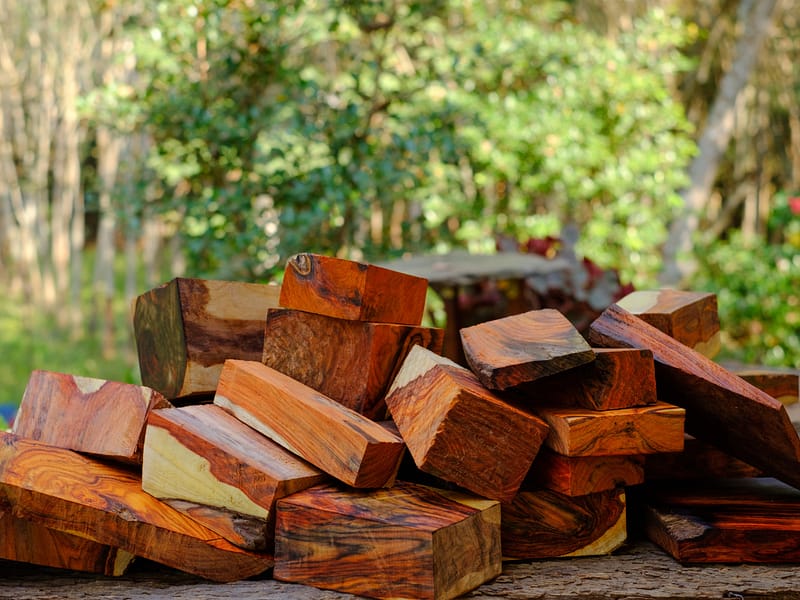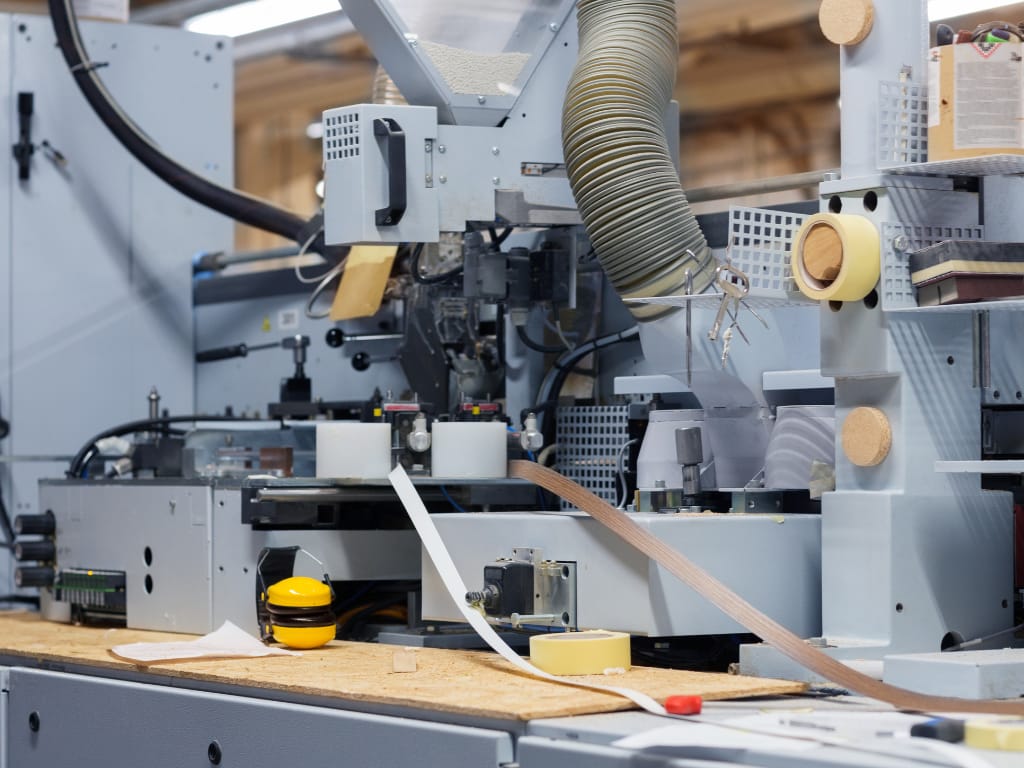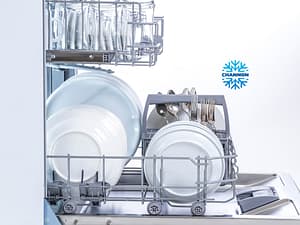Introduction
Timber veneer combines the aesthetic appeal of real wood with the versatility and sustainability of modern materials. Applying it correctly is an art that can transform interiors and furniture pieces with natural beauty. This guide delves into the nuances of timber veneer application, ensuring that even newcomers to veneering can achieve a professional finish.
Preparation for Timber Veneer Application
Success in veneering begins long before the veneer is applied. Proper preparation sets the stage for a flawless finish.
- Assessing the Substrate: The base material, or substrate, must be stable, flat, and free of defects. Common substrates include MDF, plywood, and particle board. Each has its advantages, but the key is to ensure the surface is sanded smooth and clean.
- Tools and Materials: You’ll need a veneer saw or utility knife for cutting, veneer tape for joining, a notched trowel for spreading adhesive, a veneer roller or brush, and clamps or a veneer press. Select an adhesive based on your project needs—PVA glue for ease of use or epoxy for a stronger bond.
- Surface Preparation: Any old finish should be removed, and the substrate should be sanded with fine-grit sandpaper to create a smooth surface. Remove all dust with a tack cloth to prevent any imperfections under the veneer.
Step-by-Step Application Process of Timber Veneers
The application process requires patience and attention to detail to ensure the veneer adheres properly and looks great.
- Cutting to Size: Measure the substrate and cut the veneer slightly larger than needed. This allows for trimming after the veneer is glued down. Use a straightedge and a sharp blade for a clean cut that will minimize gaps and seams.
- Adhesive Application: Spread the adhesive evenly across the substrate using a notched trowel. The type of adhesive will depend on the project and may require a specific application method. Follow the manufacturer’s recommendations for the best results.
- Veneer Placement: Carefully place the veneer onto the adhesive-coated substrate. Begin from one edge and slowly lay it down to avoid trapping air. Use a veneer roller or brush to press down as you go, working from the center outwards to ensure a firm bond and to push out any air bubbles.
- Clamping and Pressing: For flat surfaces, a veneer press is ideal. If one isn’t available, you can use cauls—flat boards clamped across the veneer—to apply even pressure. For smaller projects, traditional clamps can work if used with soft cauls to distribute pressure. Leave under pressure for the time specified by the adhesive manufacturer, usually several hours.
Finishing and Polishing Timber Veneer
After the veneer is firmly attached to the substrate and the adhesive has cured, the finishing touches can be applied to protect the veneer and enhance its natural beauty.
- Sanding Techniques: Begin sanding with a light touch, using fine-grit sandpaper. The goal is to smooth out any irregularities without sanding through the thin veneer. Always sand in the direction of the grain to avoid scratches that are difficult to repair.
- Sealing and Protecting: Choose a sealant that complements the type of wood and the desired finish. A sanding sealer can be used to prepare the surface for the final finish, which could be a varnish, lacquer, or oil, depending on the look and level of protection required. Apply the finish with a clean brush or a lint-free cloth, following the grain of the wood.
- Final Touches: Once the sealant is dry, buff the surface with a soft cloth to bring out the shine. For a high-gloss finish, apply a polishing compound and buff vigorously. If a matte finish is preferred, use a fine steel wool gently over the surface.
Troubleshooting Veneer Application Issues
Even with careful application, issues can arise. Knowing how to address them is key to maintaining the veneer’s appearance.
- Common Problems: Blistering can occur if air is trapped beneath the veneer during application. To fix, make a small incision with a knife, insert glue, and reapply pressure. Peeling edges can be re-glued and clamped. Cracking or splitting may be repaired with a patch of matching veneer.
- Adjustments and Repairs: If the veneer is not adhering correctly, assess whether the issue is with the adhesive or the substrate. Sometimes, adding more glue and re-clamping can solve adhesion problems. For larger issues, it may be necessary to remove the veneer and start over, being sure to correct any issues with the substrate.
Advanced Veneering Techniques
For those looking to take their veneering skills further, there are advanced techniques that can add complexity and artistry to any project.
- Working with Curved Surfaces: Veneering a curved surface requires a softening agent or heat to make the veneer pliable. Once flexible, the veneer can be pressed onto the curved substrate using a vacuum press or manually with clamps and a flexible caul.
- Inlay and Marquetry: This involves cutting different colors and grains of veneer into shapes to create a design. These pieces are then meticulously assembled and glued down to the substrate, often requiring precise cuts and a delicate touch.
Next Steps
Ready to embark on your veneering journey or take your skills to the next level? Gather your materials, set aside time for careful application, and transform your next project with the timeless elegance of timber veneer. And for those more complex tasks, don’t hesitate to reach out to a professional for guidance or service.






